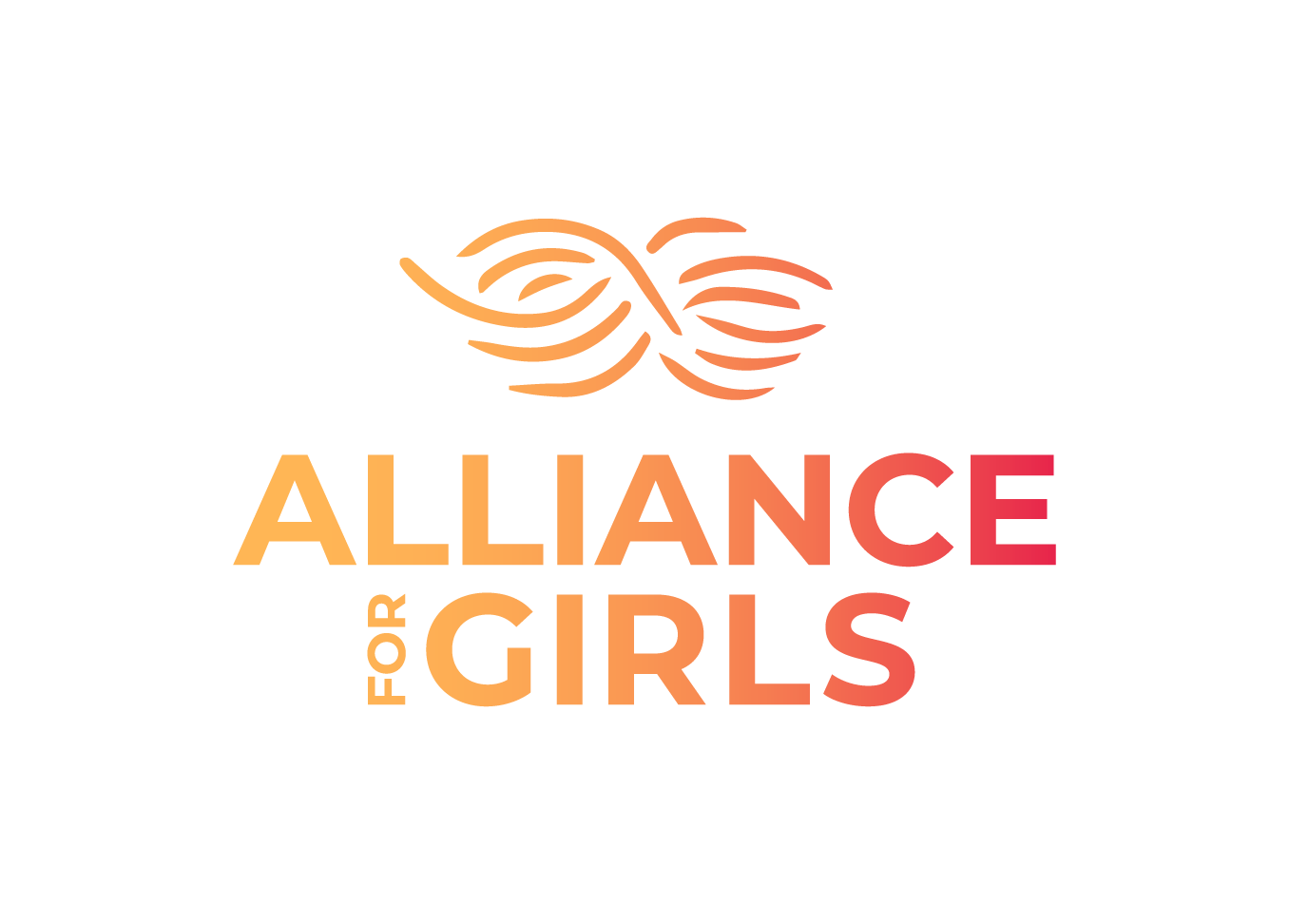The Impact of the COVID-19 Pandemic on Girls and STEM
by Julie Lata
- Almost half of all respondents (44%) said they had more caregiving responsibilities at home than before the pandemic and nearly one third (31%) of girls with extra duties reported that these additional responsibilities negatively affected their education.
- 30% of girls said they couldn’t receive the educational support they needed; and
- 12% reported they didn’t have a safe place to live.
It comes as no surprise that responses were greatly impacted by race and income level, with girls from low-income backgrounds and girls of color being most negatively affected by the pandemic. While the survey results are specific to California, the findings match what we have heard from girl-serving organizations across the country: girls are resilient, but this pandemic has pushed them to the limit. They feel isolated and disconnected. They are concerned about college and their future. And they are facing increased stresses due to food insecurity, lack of safe and supportive housing, and inequitable access to technology.This report, and others like it, serve as the proverbial canary in the coalmine for those of us committed to increasing the number of women, and specifically Black, Latinx and Indigenous women, in STEM.As we look towards recovery, there is an opportunity for reflection and action. Too often, companies seeking to grow the pipeline of diverse talent turn to STEM programs as the golden ticket: if she learns to code, she is on track to pursue a career in technology. And while that is true for some, what the Uniting Isolated Voices report emphasizes is that the “girls’ COVID-19 landscape is rich and complex, and as a result, [girls’] needs are complex as well.”Funding STEM programs for girls without also prioritizing wraparound support services for girls and their families is an incomplete strategy. To grow the pipeline of women in our industry requires more than providing opportunities for hands-on STEM learning and experimentation. Girls also need additional types of support, including access to safe and quiet spaces to learn, high-quality internet and mental health services to address their unique needs.Through United Isolating Voices and similar reports, girls are telling us what they need to be successful. It is time to listen. And by doing so we will help support the emergence of a generation of strong, capable, empathetic female leaders who know how to speak up, to speak out and to Make Possible a Better Future.
